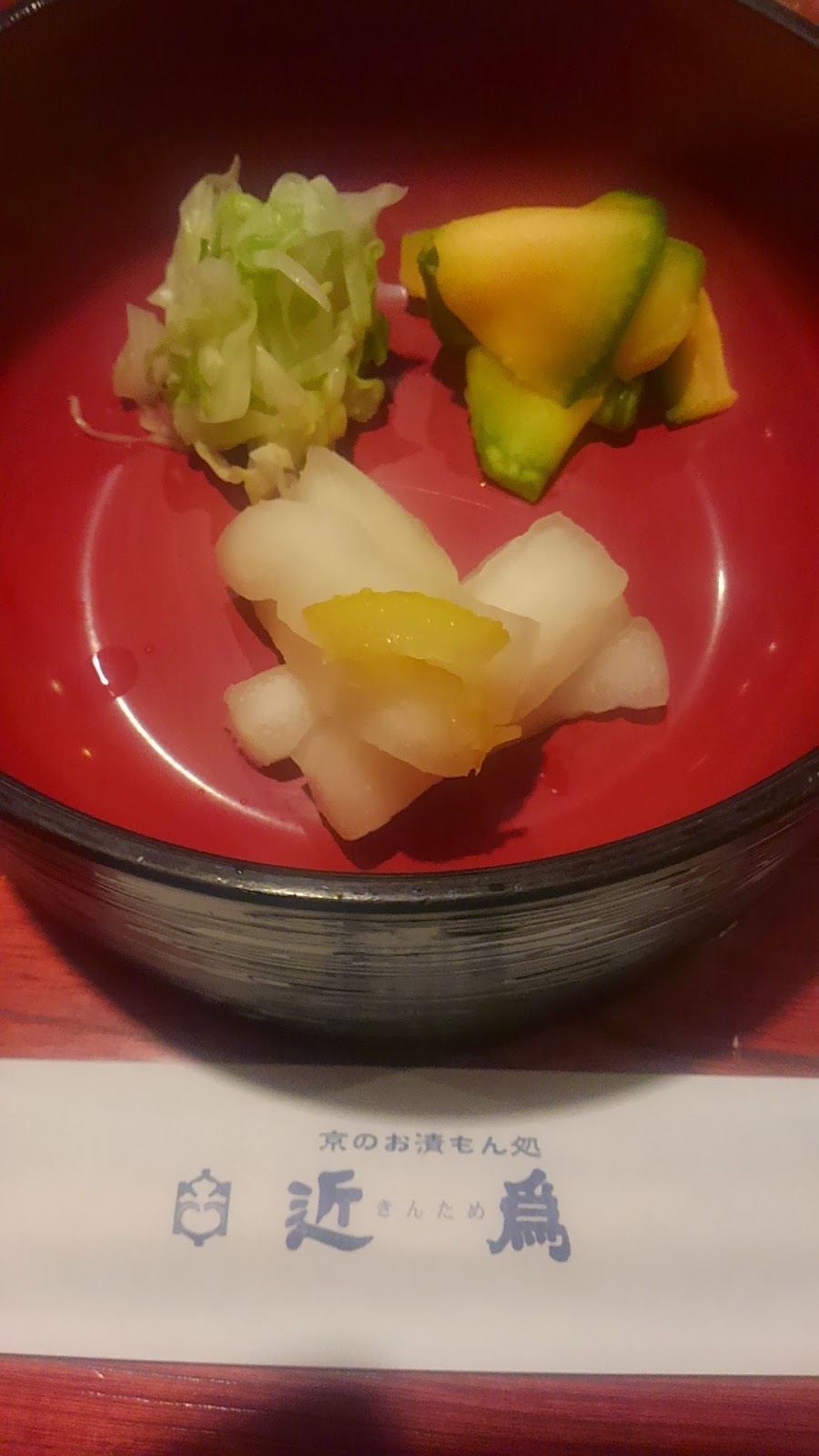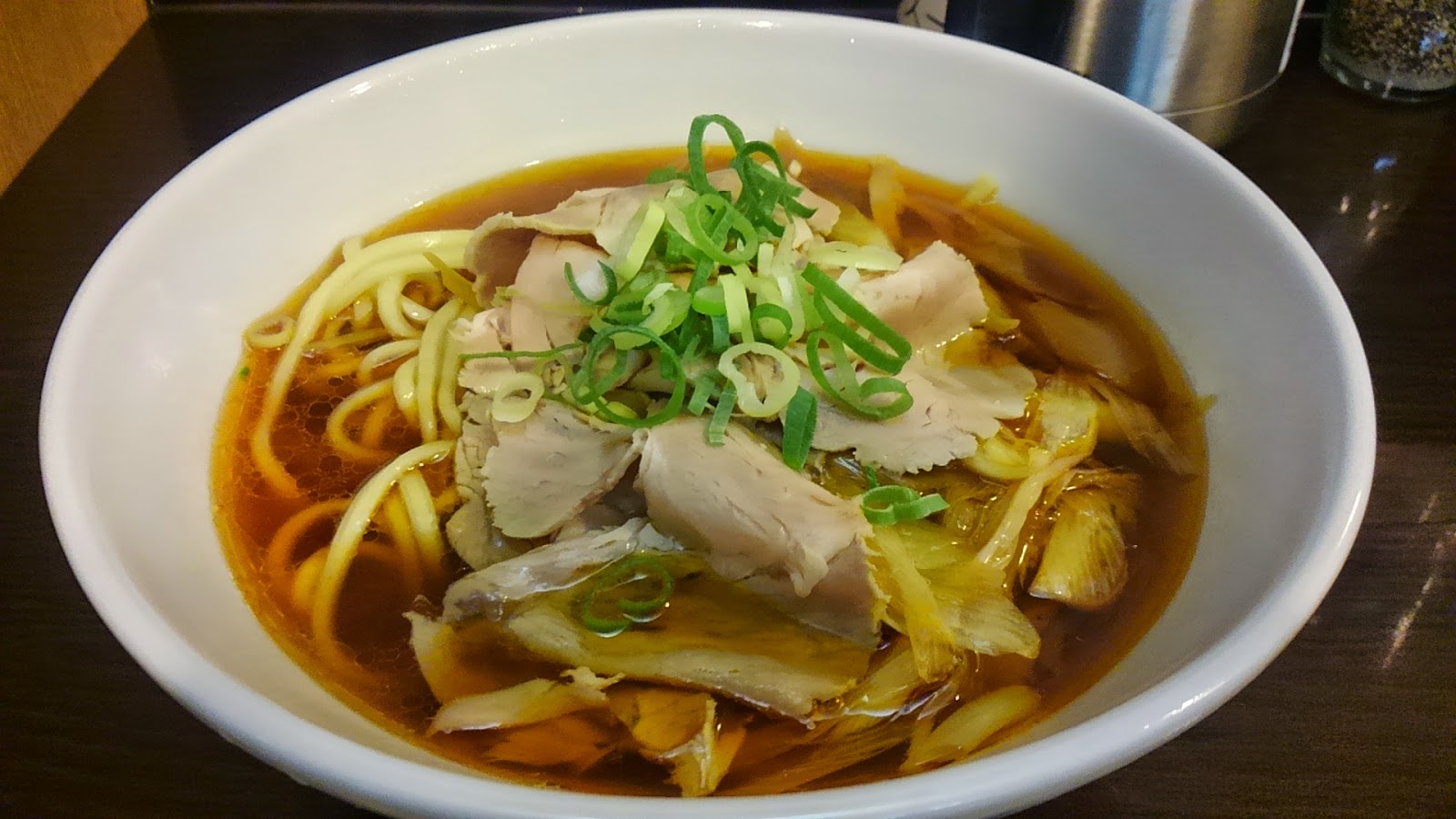 When it comes to sushi, I think you may imagine a bite-sized sushi, Nigiri-sushi.
When it comes to sushi, I think you may imagine a bite-sized sushi, Nigiri-sushi.It is famous and popular.
Chirashi-sushi is another form to be provided.
In another word, it may be called a sushi-bowl.
There are many raw and prepared seafood putting on the rice without any space between them.
Tuna, ikura, squid, shrimp, white fish, sea urchin, scallop adductor and so on.
You do not worry about various manners, rules or practices.
On the top of that, sushi of this shop is affordable for Ginza.



























